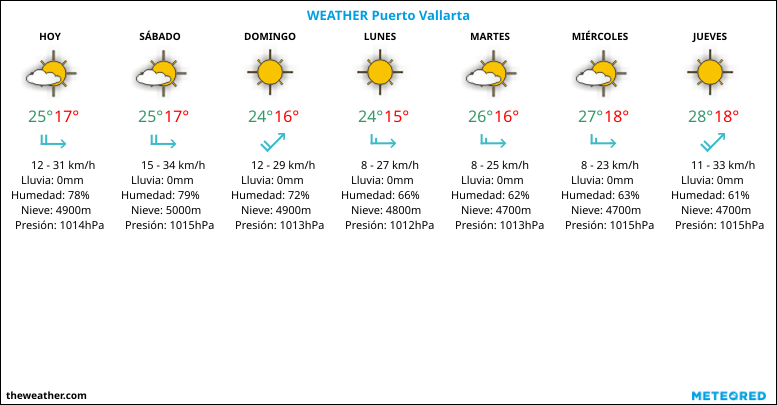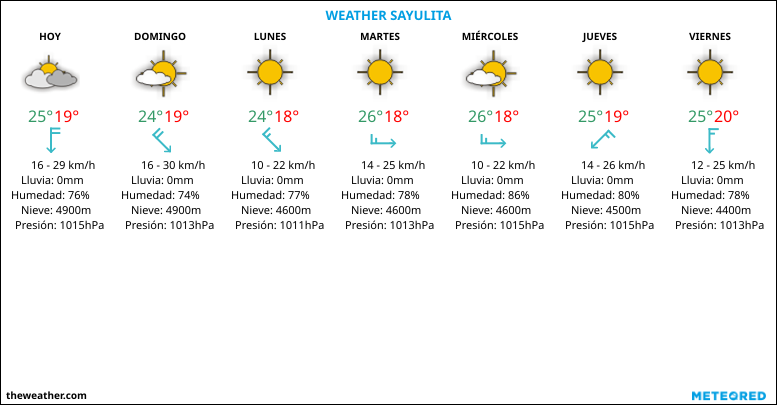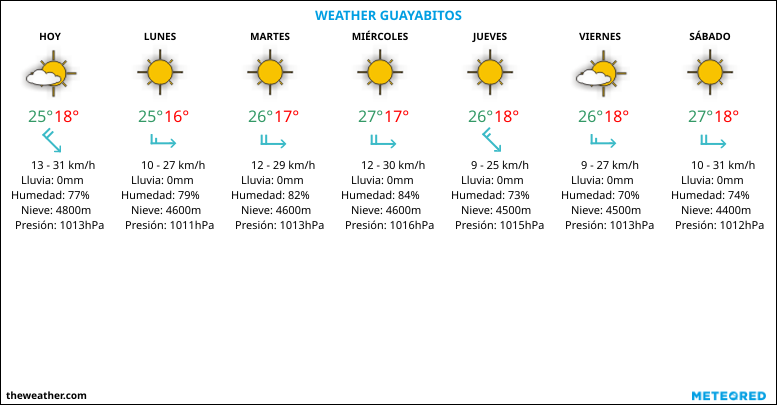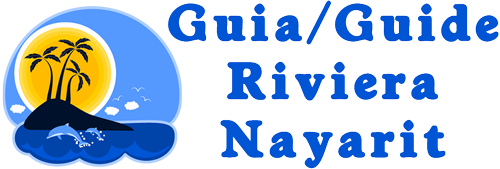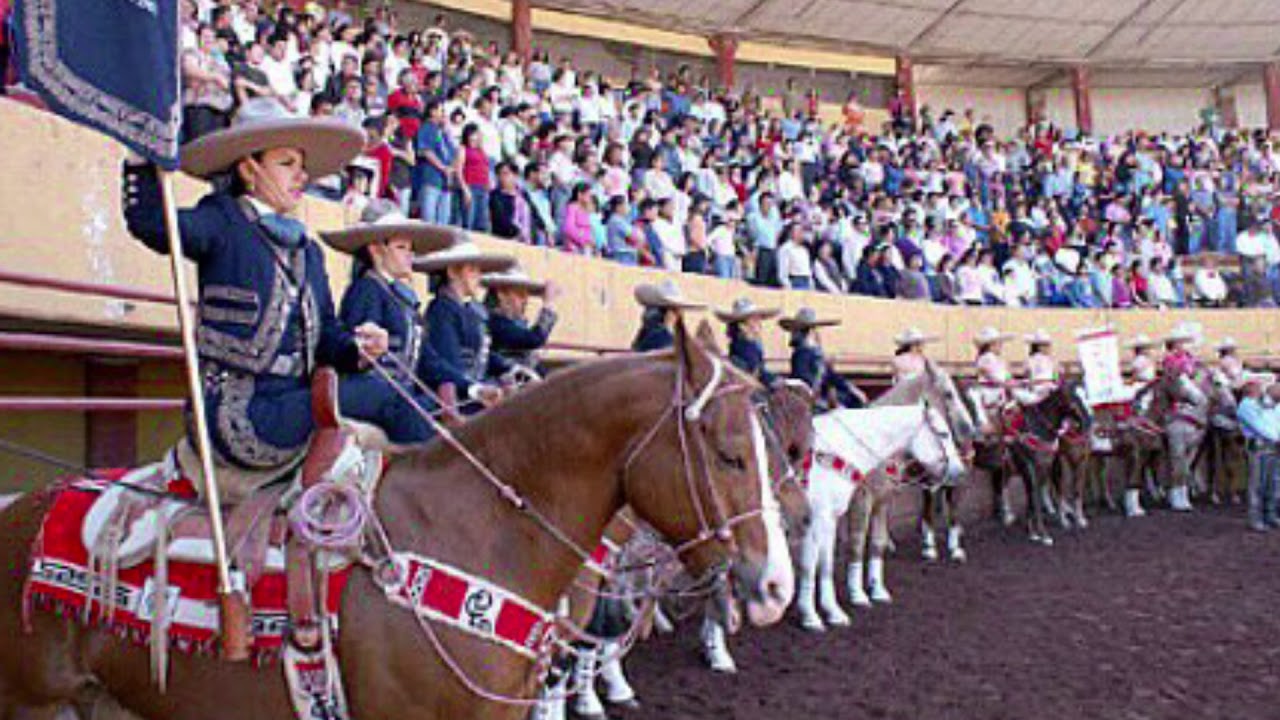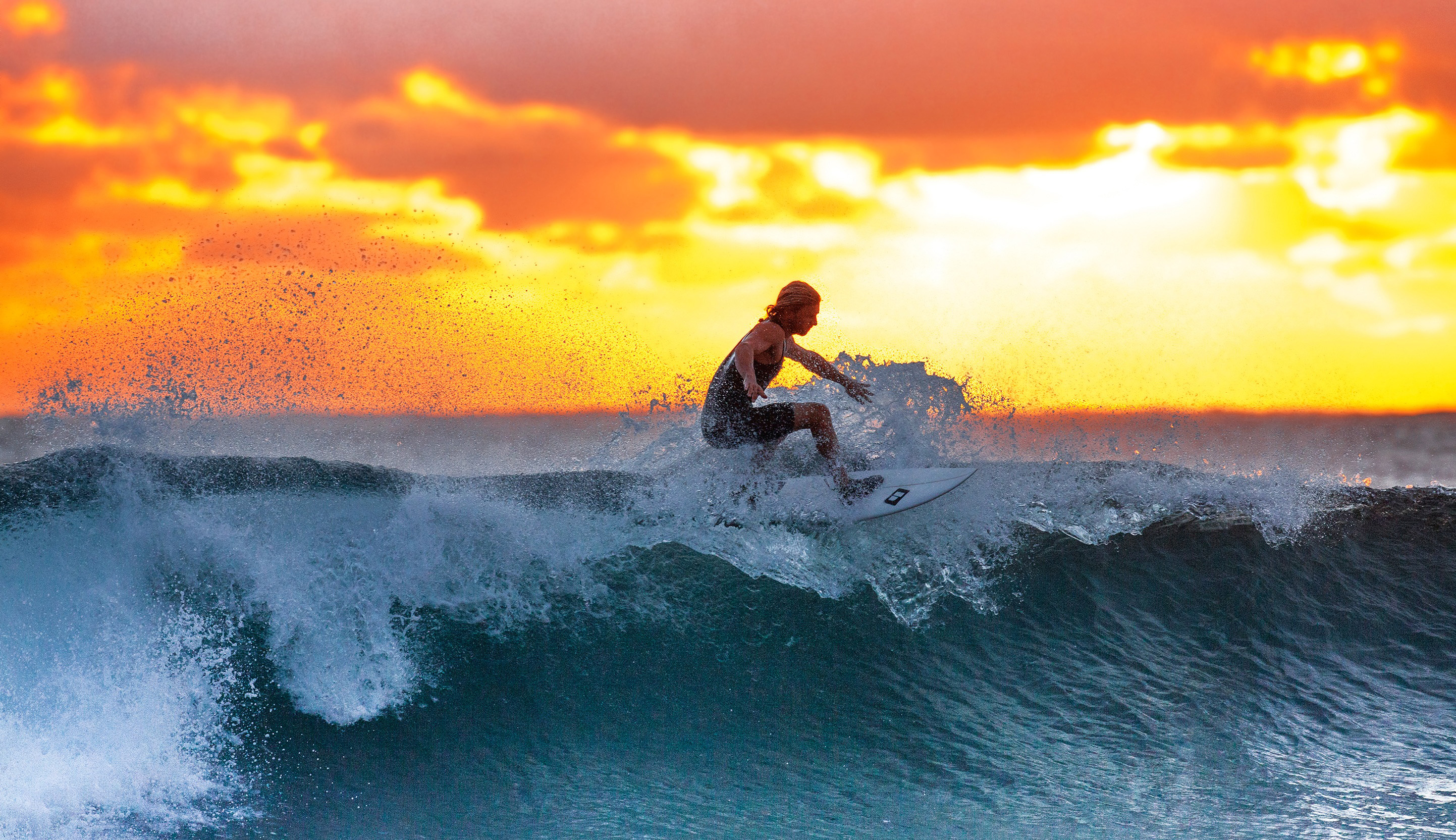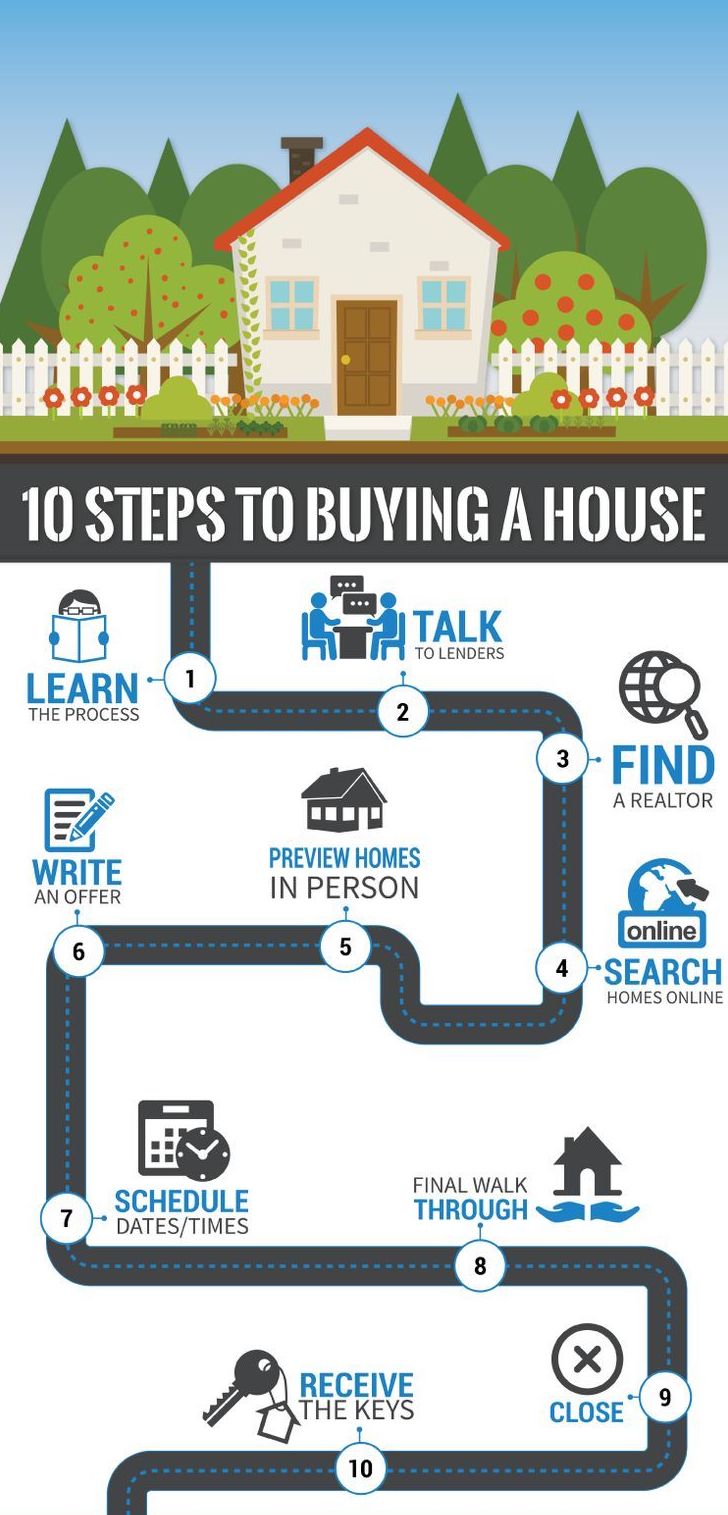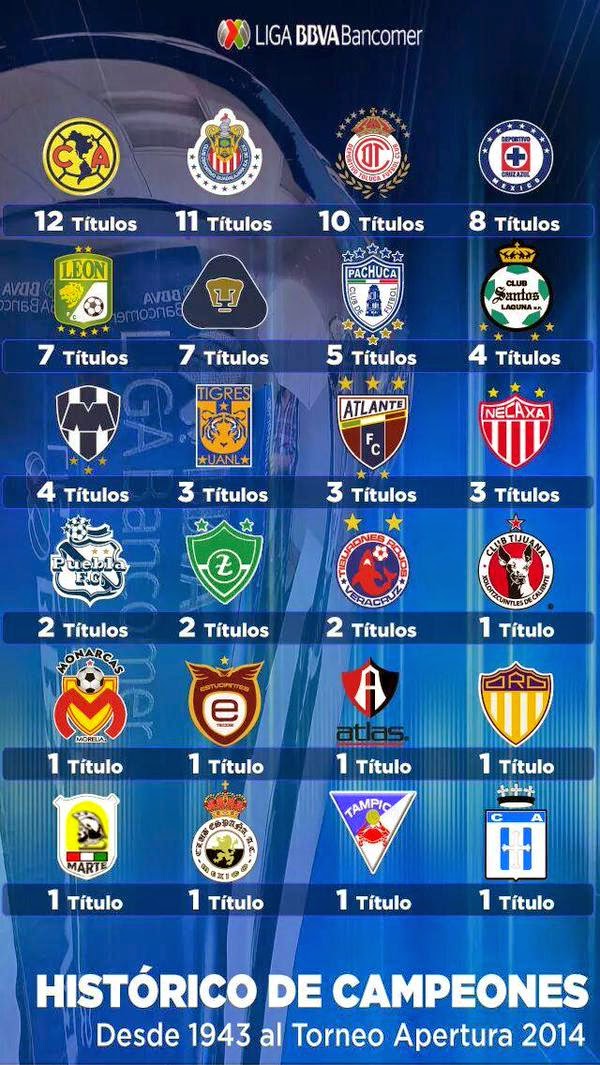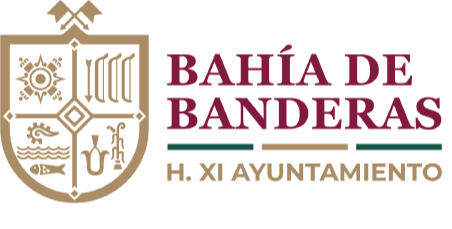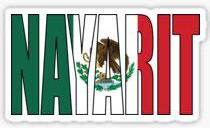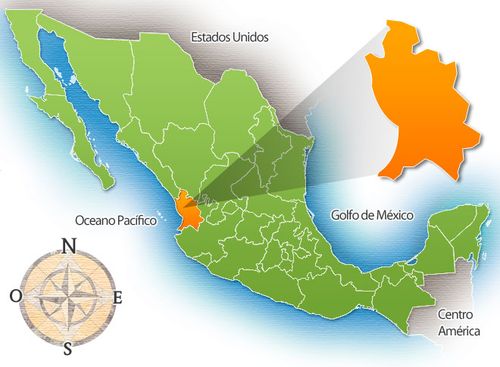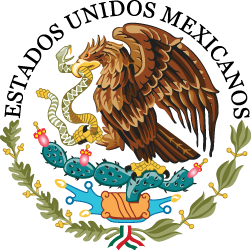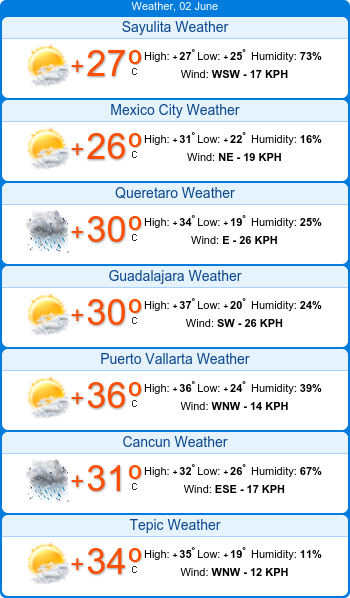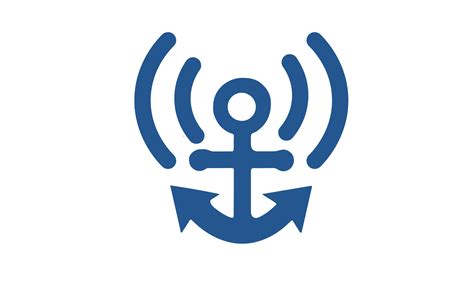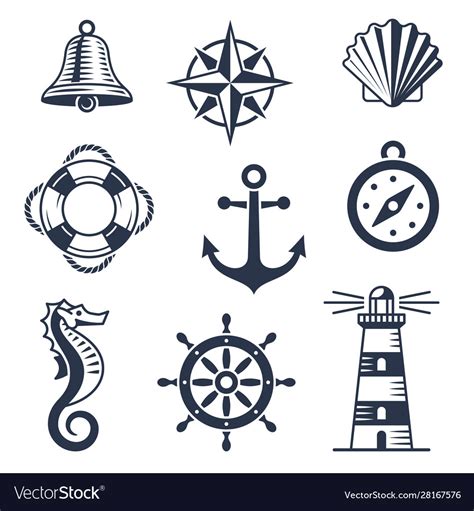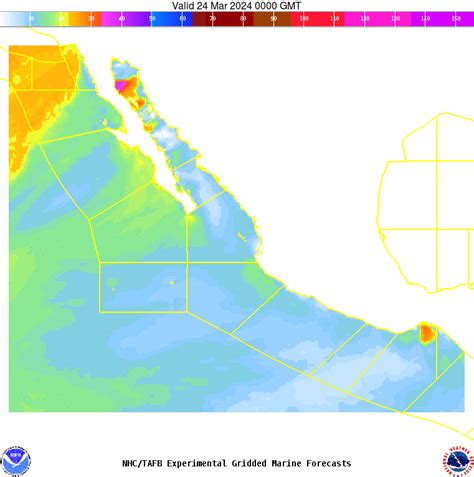Soleus Pushups Reduces Glucose By SITTING | Use Your Soleus Muscle NOW!
CCMray • June 28, 2024 • 0 views
Chapters
00:00 - Intro
0:46 - Why Do Soleus Pushups?
1:17 - What is the Soleus Exactly?
2:00 - Why this Muscle is Special?
2:35 - How Long to Them?
3:22 - The Data
4:14 - How to Them Correctly?
4:59 - The Skeptics Say...
What is the Soleus Muscle?
The soleus muscle, that is located in the calf, even though its only 1% of your body weight, can do big things to improve the metabolic health in the rest of your body, as long as its activated correctly.
Benefits of Soleus Push-Ups? Can You Reduce Blood Sugar While Sitting?
Soleus Pushups may help cut our post meal glucose by half, lower hyperinsulinemeia, which is having way too much insulin in the blood, and improve lipid metabolism.
Where is the Soleus Muscle Located? Are Soleus Voluntary or Involuntary?
You see, our calf is made up of two major muscles, the soleus and the gastrocnemius, with the soleus being the smaller of the two. The gastrocnemius is composed mainly of fast-twitch muscle fibers, which are useful in explosive movements such as sprinting and jumping. In contrast to this though, the soleus consists of fatigue-resistant slow-twitch muscle fibers that allow you to stand, walk, and run for long periods of time. Now someone might ask, cant you do these pushups while standing up. No since standing calf raises target the gastrocnemius, seated calf raises are more effective at isolating the soleus.
Soleus Exercises Without Equipment. Soleus Muscle and Glycogen.
Something unique about the soleus, is that Unlike most muscles, which you know, use stored carbs like glycogen for fuel, the soleus uses a mixture of other fuels, including glucose and fat, for energy. So because there is a lower reliance on glycogen itself, it helps it work for hours without exhaustion.
Benefits of Seated Calf Raises. The Metabolic Benefits of Soleus Pushups.
If you’re looking for a very low-intensity, low-impact activity that’ll increase your metabolism, soleus pushups are a great solution since you wont become sore when doing them.
How Long Should I do Soleus Push-Ups?
The study did show an improvement in glucose response after one hour of soleus pushups, but it’s unclear what the effect would be if you stopped after 10 or 30 minutes. That would be interesting to see in another study.
The Study: https://www.ncbi.nlm.nih.gov/pmc/arti...
The main study though, which came out of the University of Houston looked at soleus pushups over 270 minutes, which is about 4 and half hours of this exercise, with a 2-5 minute break each half hour.
And they were able to ultimately find all this out by putting a group of 25 study participants through two different experiments.
In the first, sedentary people performed the soleus pushups for up to four and a half hours. And then they used a muscle biopsy and confirmed the soleus was using glucose and fat for energy.
The soleus pushup group also experienced a decrease in blood glucose by 52% and insulin reduced by 60%.
How to Do Soleus Push-Ups?
Now lets take a look at how its supposed to be done correctly. There are 3 steps.
1.) Sit with your feet flat on the floor, at hip width level.
2.) Raise your heel while keeping your toes planted on the floor.
3.) When your heel reaches the top of its range of motion, wait a second, and passively release your foot to come back down. Then repeat.
DISCLAIMER:
This video is for information only and should not be used for the diagnosis or treatment of medical conditions. Dr. Arsalan Aspires has used all reasonable care in compiling the information but make no warranty as to its accuracy. Always consult a doctor or other healthcare professional for diagnosis and treatment of medical conditions.


